Category: Blog
Experience Cultural Immersion with Indus Discoveries
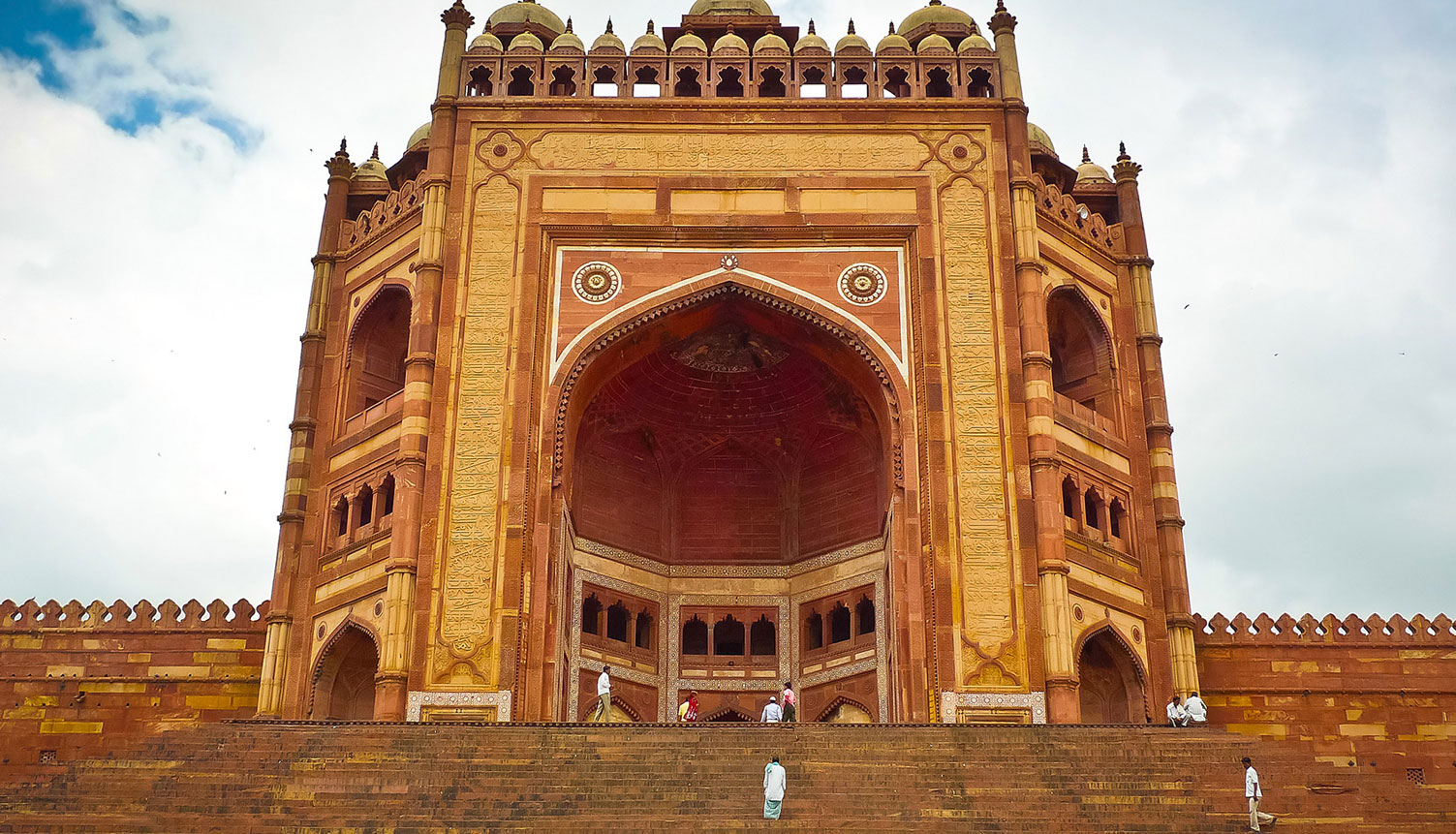
In a world where travel has become synonymous with ticking off bucket lists and snapping Instagram-worthy pictures, there’s something profoundly enriching about immersing yourself in a culture. It’s not just about visiting landmarks; it’s about connecting with the soul of a place, understanding its people, and embracing its traditions. And if you’re someone who seeks to uncover various facets of a culture, then Indus Discoveries is your ultimate travel company.
Indus Discoveries isn’t your typical travel partner; we are a curator of experiences, a facilitator of meaningful encounters, and a bridge between travelers and local communities. We go beyond the conventional tourist trails to offer authentic experiences that leave a lasting impact.
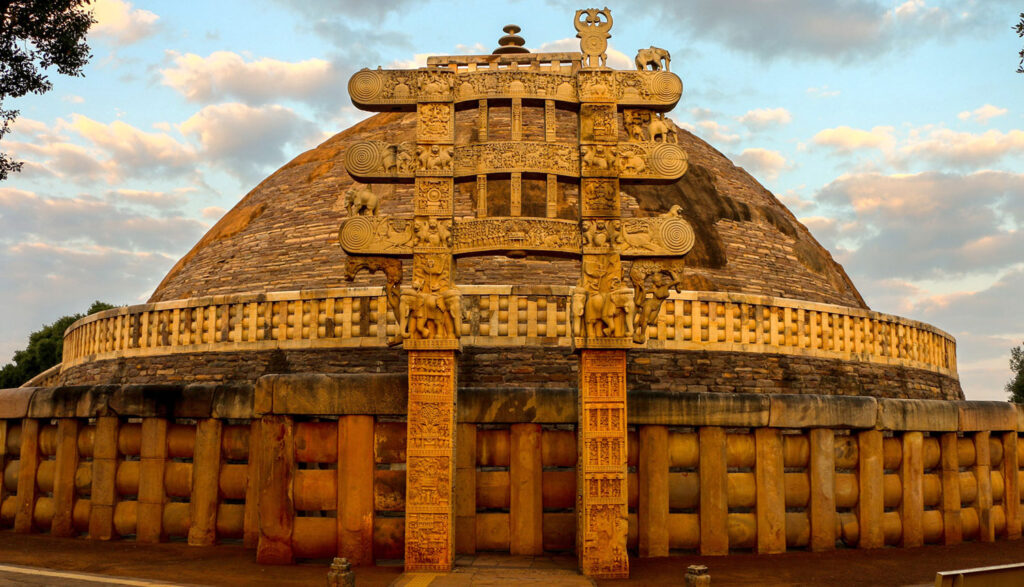
In a land brimming with myriad traditions, religions, cuisines, languages, and landscapes, India’s essence lies in its unparalleled diversity. Renowned as the cradle of ancient civilization, India is also graced with breathtaking scenery, rendering it an ideal haven for travelers in pursuit of immersive cultural experiences. Embark on a journey to uncover the vibrant tapestry of India’s living traditions, where the warmth of its people, the dynamism of its cities, the majesty of its mountains, the verdant embrace of its forests, and the grandeur of its festivals await your exploration. With its intricately carved rocks, meticulously crafted woodwork, secluded monasteries, and ornate temples, India, as a vast subcontinent, never fails to astonish. Immerse yourself in the kaleidoscope of experiences, from the vibrant hues of Gujarat and Rajasthan to the timeless allure of the Taj Mahal, from the spiritual ambiance of Varanasi to the scenic splendors of Darjeeling, from the enchanting landscapes of Kerala, to so much more.
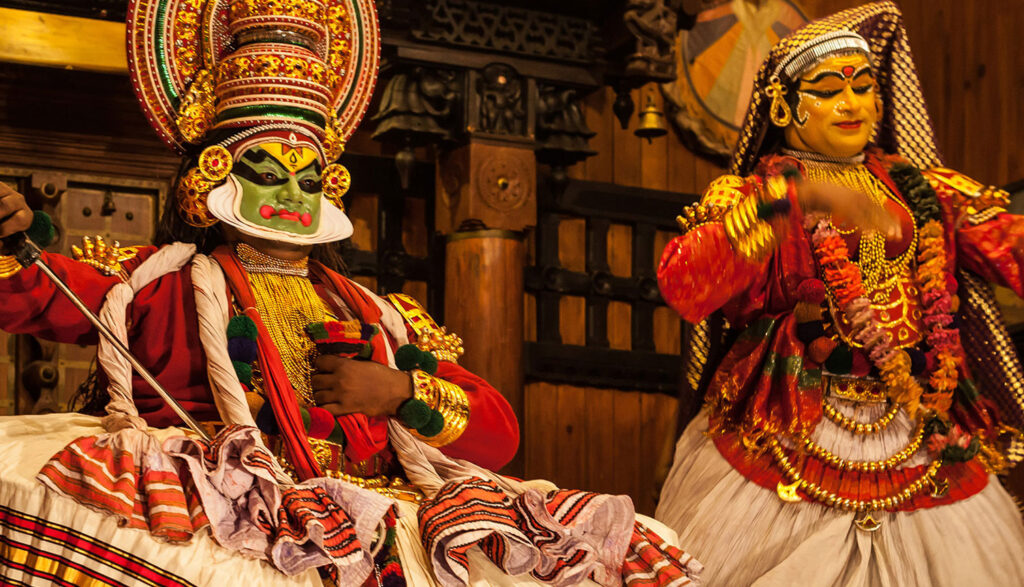
Whether your heart yearns to uncover India’s scenic vistas or delve into its rich cultural tapestry through its bustling cities, Indus Discoveries stands ready to create a bespoke itinerary tailored to your preferences and needs. Each of our captivating programs have been meticulously crafted to unveil the rich cultures and hidden treasures of India, promising an unforgettable journey of discovery.
We operate across a diverse range of destinations across India, each offering its own unique tapestry of traditions, flavors, and stories. Every journey with us promises to be a kaleidoscope of experiences that awaken the senses and ignite the soul.
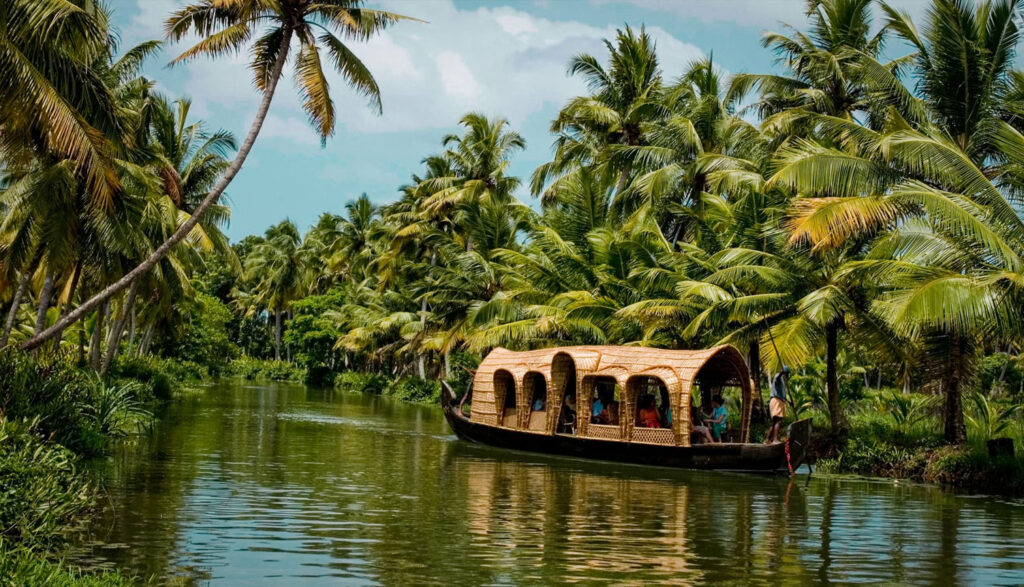
With a commitment to responsible & sustainable tourism, a dedication to immersive experiences, and a passion for fostering cross-cultural understanding, we help open doors to a world of exploration, discovery, and transformation. So, if you’re ready to embark on a journey that goes beyond the surface and delves into the heart of a destination, then Indus Discoveries awaits, ready to guide you on the adventure of a lifetime.
Karnataka: A Treasure in Southern India
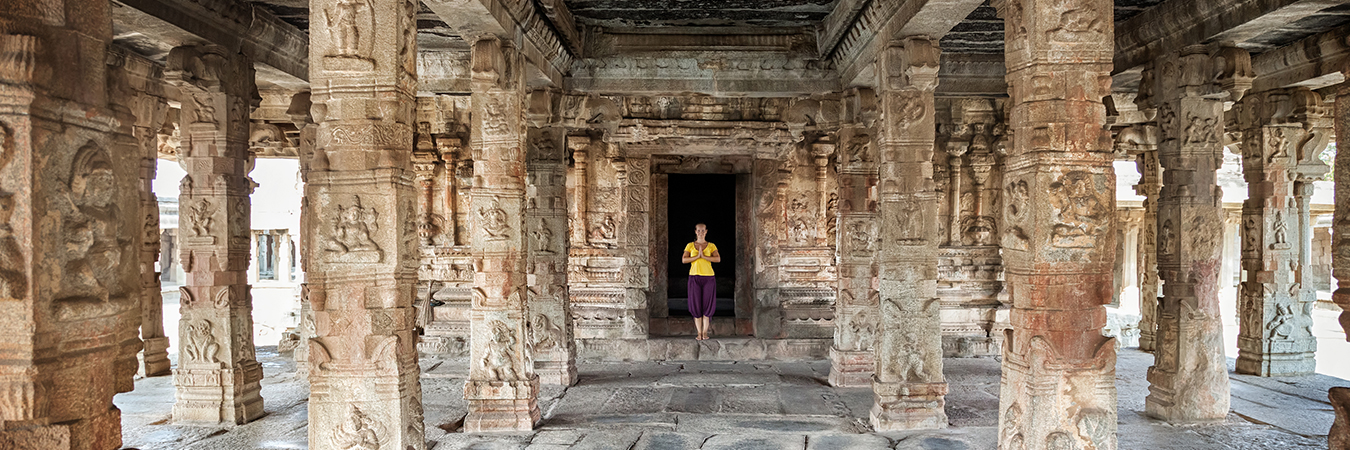
Everyone has heard of Bangalore, India’s IT hub, but few realise it is part of one of the most culturally rich and geographically diverse states in India: Karnataka. Stretching from the beaches of the Konkan Coast on the Arabian Sea to the hill stations of the Western Ghats and the fertile rivers of the Deccan Plateau, Karnataka has been inhabited since Paleolithic times, and was the centre of numerous kingdoms. The most significant of these was the medieval Vijayanagara Empire, and the ruins of its capital at Hampi are one of India’s most exceptional sites.
 Hampi Archaeological Site
Hampi Archaeological Site
The global importance of Hampi is recognised by UNESCO, and it has been designated a World Heritage Site.
At its peak in the 1500s, it was the second largest city in the world (after Beijing), and was home to half a million people.
The principle structures — seven lines of fortifications, gateways, temples, shrines, and even aqueducts — survive, and in far better condition than comparable sites such as Cambodia’s Angkor Wat.
The new Kaladham Museum brings the site to life with 3D panoramas and interactive technology, so that visitors can explore the streets of Hampi as it would have been, complete with multi sensory encounters.
 Hampi Chariot
Hampi Chariot
But Hampi is not just about the past: it is a place of pilgrimage and living traditions, part of India’s intangible cultural heritage.
The three-day Hampi Festival each November is a chance for guests to witness processions, music and dance, puppet shows, and fireworks.
There’s a classical music festival in February, major celebrations for Diwali in October, and significantly religious festivals throughout the year, when idols of the gods and goddesses are carried through the streets on chariots by costumed devotees.
 The Serai Chikmagalur
The Serai Chikmagalur
Rising above the plains of Hampi, Karnataka’s climate is cooler and moister, ideal for growing spices and coffee.
There are beautiful routes for hiking on the plantations, you can learn about the production methods at the Coffee Museum, and try the products in the factories. Guests have the opportunity to engage their senses of taste and smell, as well as to use their eyes and ears. It is a multi sensory experience.
It’s also possible to stay on a Coffee Estate, at The Serai Chikmagalur, one of the most exclusive hotel and spas in southern India.
 Coracle Ride
Coracle Ride
The natural landscapes are one of Karnataka’s biggest draws: they are dramatic and diverse.
In the national parks it is possible to see tiger in the wild, plus some of the largest elephant herds in India.
For a completely different way of seeing the waterways and their wildlife, we take guests on a coracle ride along the Tungabhadra The coracle —a small, round boat — is a traditional means of transport in this area of India.
Frequently cited as the highlight of a tour, it’s a tranquil way to see villages along the riverbank and to appreciate the importance of the river in shaping the landscape and supporting life
 Orange County
Orange County
One of Karnataka’s great charms, especially for American visitors, is that you can immerse yourself in history: ancient sites, historic buildings, are not just places to visit, take photographs of, and leave.
Traditions of music, dance, and theatre might date back thousands of years, but they are still practiced and evolving.
Extraordinary buildings, like Mysore Palace, are open to the public, but also still inhabited by the royal family, the Wodeyars.
And guests, too, can stay in heritage buildings inspired by ancient palaces, colonial bungalows, and tribal villages, even sleeping in the Zenana — the Queen’s quarters — at the new Orange County resort in Hampi.
Karnataka boasts a wealth of attractions that easily rival those of India’s Golden Triangle but which are far less well know. Excellent international flight connections to Bangalore make the destination easily accessible, and English is widely spoken across the state. The hotel infrastructure is well-developed, with a superb range of high-quality properties filled with character.
Karnataka is our #1 destination recommendation for travel in India in 2017-18.
The UNESCO Intangible Cultural Heritage of India
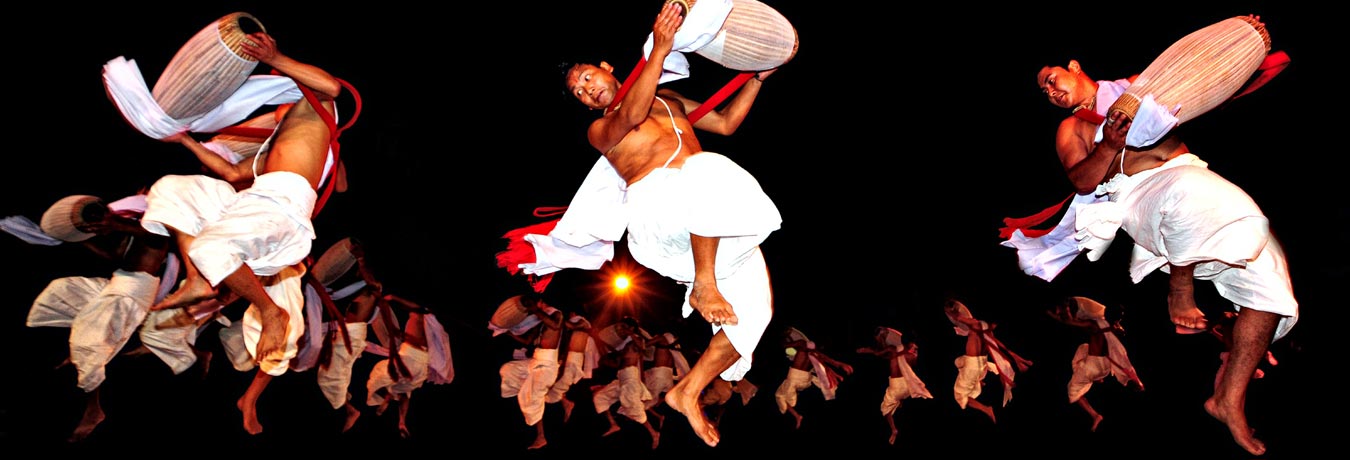
Since 2008, UNESCO has been curating a list of cultural heritage practices from around the world that are intangible in nature and is also conceptualizing measures to preserve and pass on these rich heritages. Till now there are 364 cultural practices world wide that made to the Intangible Cultural Heritage list, and with such a vast cultural diversity India contributes 10.
Read about India’s 10 UNESCO Intangible Cultural Heritage that testify our rich cultural past and heritage, listed according to their year of inception.
Representative List of the Intangible Cultural Heritage of Humanity in India
2008
Tradition of Vedic chanting (originally proclaimed in 2003)

Known to be the sacred foundation of Hinduism and a deep source of knowledge, the Vedas are the collection of Sanskrit poetry, philosophy, myth and ritual chants developed and composed by the Aryans over 3,500 years ago. They undoubtedly are one of the world’s oldest surviving cultural traditions. The practice of Vedic chanting is embraced from texts and interpretations collected in the four primary Vedas of Hinduism – Rig, Yajur, Sama and Arharva. These Vedas are expressed in Vedic Sanskrit that offer astonishing insights on the evolution of Hinduism and the early development of its artistic, scientific and philosophical concepts, including the concept of zero.
The values of this traditional heritage are not limited to the oral rendition but also the innovative techniques used by the Brahmins (the highest Hindu caste, originally priests) to preserve the texts developed thousands of years ago.
Practitioners are taught from childhood to ensure that the sound of each word remains unaltered and they follow a unique manner of pronunciation. Although Vedas are still an important part of Hinduism, only 13 Vedic recitation branches have survived from over 1,000 branches. These recitation schools are found in Maharashtra (central India), Kerala and Karnataka (southern India) and Orissa (eastern India).
Ramlila, the traditional performance of the Ramayana (Originally proclaimed in 2005)

Ramlila literally is Rama’s play, a performance of the Ramayana in a series of scenes that include songs, narration, recital and dialogue. It is performed across northern India in autumn during the festival of Dusshera. Ramlilas from Delhi, Ayodhya, Ramnagar and Benares, Vrindavan, Almora, Sattna and Madhubani are renowned across the country and are based on the Ramchitramanas. It is a sacred text developed by Tulsidas in the 16th century to glorify the deeds of Rama, the hero of the Ramayana.
Ramlila recalls the battle between Rama and Ravana and consists of various dialogues through a series of performances lasting 10 to 12 days. Ramlila brings people together irrespective of caste, religion and age. Crowds participate spontaneously and involve themselves in various activities comprising mask making to effigies and lights. However in recent years, the development of mass media has led to a declining number of spectators. Nevertheless this tradition has spread to countries where Hinduism exists and its inclusion in the list brings the hope of revival.
Kutiyattam, Sanskrit theater (originally proclaimed in 2001)

Practiced in the state of Kerala, Kutiyattam is one of India’s oldest surviving theatrical traditions. Originated about 2,000 years ago, it is a concoction of Sanskrit classicism and local traditions of Kerala. In Kutiyattam, eye expressions and the language of gestures play important parts. It takes 10 to 15 years of rigorous training to become an expert performer with sophisticated breathing control and subtle muscle shifts of the face and the body. Kutiyattam is based on elaboration thus a single act may take days and performances may last for 40 days. It is traditionally performed in theaters called Kuttampalams, which are located inside Hindu temples. As it is considered as one of the oldest surviving theatrical traditions, inscribing Kutiyattam in the intangible cultural heritage of India ensures its prosperous future.
2009
Ramman, religious festival and ritual theater of the Garhwal Himalayas, India

Ramman is a festival confined to just 1,800 people of the twin villages of Saloor Dungra of the Painkhanda Valley in the Chamoli district of Garhwal in the Himalayan state of Uttarakhand. It is celebrated in the honour of the tutelary god Bhumiyal Devta. Ramman is organized by villagers and each caste and occupational group have a distinct role in the festival. During Ramman 18 people play 18 characters, wearing 18 masks to dance on 18 beats to celebrate the 18 puranas. It is celebrated among just 186 families of this twin village.
2010
Chhau Dance

With its origin in the eastern states of West Bengal, Jharkhand and Odisa, the Chauu dance is a major egalitarian classical dance form. Traditionally a male troupe dance, it has three distinct styles named after the locations where they are performed, namely Purulia Chau of West Bengal, Serakeilla Chau of Jharkhand and the Mayurbhanj Chau of Odisha. Serakeilla Chau and the Mayurbhanj Chau are mainly performed during the spring festival of Chaitra Parva and Purulia chau is celebrated during the Sun Festival. It is a martial dance form that is acrobatic and athletic in nature with Hindu religious themes found in Shaivism, Shaktism and Vaishnavism.
Kalbelia folk songs and dances of Rajasthan

Kalbelia is a community in Rajasthan who were once professional snake handlers trading snake venom and practicing alternative medicines. Now that the snake handling days are over, Kalbelia rely on entertaining people for their livelihood. They are known for their sensuous form of dancing also called Kalbelia. It impersonates the movement of a snake and is performed on ecstatic occasions.
Kalbelias are reputed for their ability to compose songs spontaneously and improvising it at the same time. The songs are passed on from one generation to the other orally and there are no written texts that exist. Kalbelia like other virtuoso musicians of Rajasthan are unique, rightly marking a place in the intangible cultural heritage of India.
Mudiyettu, ritual theatre and dance drama of Kerala

Mudiyettu is a ritual dance drama from Kerala based on the mythological tale of the battle of Goddess Kali and the demon Darika. This form of dance drama is a community ritual in just 4 districts of Kerala performed during the four-day festival dedicated to Goddess Kali after the summer harvest. It requires 16 people to perform Mudiyettu and the figure of Kali is painted on the floor, called as ‘Kalam’ wherein the spirits of the goddess is invoked. Mudiyettu is considered as an important cultural site to pass on the traditional values, ethics and moral codes of the community to the next generation. The responsibility for its transmission lies with the elders and senior performers, who engage the younger generation as apprentices during the course of the performance, thereby ensuring its continuity and relevance.
2012
Buddhist chanting of Ladakh: recitation of sacred Buddhist texts in the trans-Himalayan Ladakh region, Jammu and Kashmir

In the Buddhist monasteries and villages of Ladakh, the Buddhist lamas (priests) chant sacred texts that represent the philosophy and teaching of the Lord Buddha. Primarily, there are two forms of Buddhism prevalent in Ladakh – Mahayana and Vajrayana comprising of four different sects i.e. Nyngma, Kagyud, Shakya and Geluk. Each sect has several different forms of chanting that are practiced during daily rituals and important days in the Buddhist calendar. Buddhist chanting is undertaken for the purification and peace of mind, and spiritual and moral well-being of the people, to pacify the wrath of the evil spirits and to invoke blessing of Buddha, deities and Rinpoches (a religious teacher held in high regard among Buddhists).
The chants are usually done indoors or accompanied by dance in monastery courtyards. These chants are practiced everyday for world peace and for the personal growth of the practitioner. No doubt that such cultural heritage should be preserved that strive to ensure world peace.
2013
Sankirtana, ritual singing, drumming and dancing of Manipur

Tucked in the valleys of Manipur in the north east of India, Sankirtana is a array of song, dance and drumming that is performed to mark religious occasions and various life stages of the Vaishnavites (followers of the Lord Krishna) of the state. It is practiced at the center of the temple where performers sing and dance narrating the live and deed of Krishna.
Sankirtana was started by the members of the royal family of Manipur in the 15th century and reached its pinnacle in the 18th century. One amazing fact about Sankirtana is that about 100 different rhythmic variations or taals are used while singing.
2014
Traditional brass and copper craft of utensil-making among the Thatheras of Jandiala Guru, Punjab

This unique traditional technique of manufacturing brass and copper utensils comes from the expert craftsmen of Jandiala Guru in Punjab. Unfortunately the usage of copper and brass utensils is dying because people are moving towards utensils made of stainless steel, aluminium or ceramics.
The astonishing fact is that these utensils are believed to be beneficial for health. Eating and cooking in these utensils is also recommended by Ayurveda. However the maintenance of such utensils is time consuming. Hopefully, its inclusion in the UNESCO Intangible Cultural Heritage List may reignite their use.
These are the 10 UNESCO Intangible Cultural Heritage of India that made it to this list. If you think that there are other cultural practices that should be included in the list then just leave us a comment below. If you want to visit the places of such cultural uniqueness than contact us at enquiries@indusdiscoveries.com.




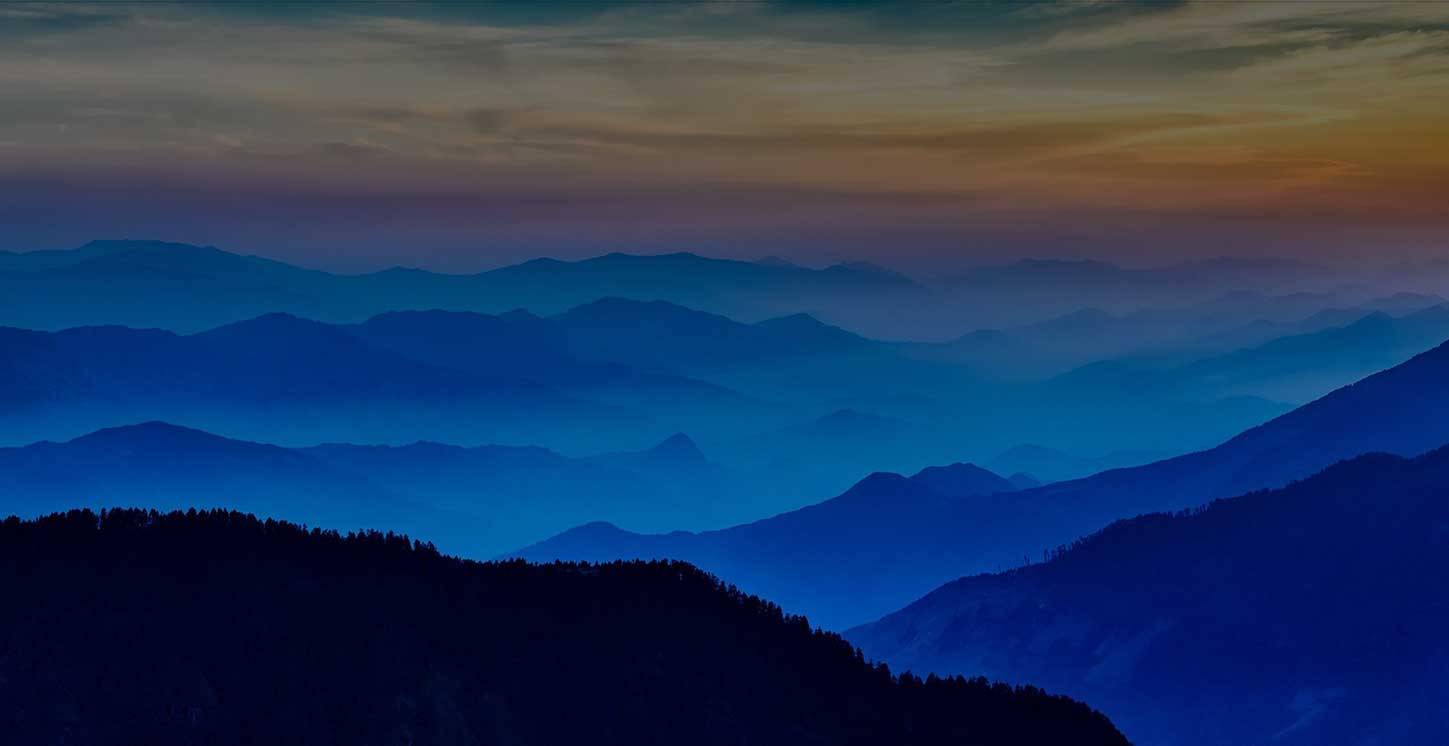
 +1-(765)-586-1210
+1-(765)-586-1210 +44-2030-2689-44
+44-2030-2689-44 +91 124 4361906
+91 124 4361906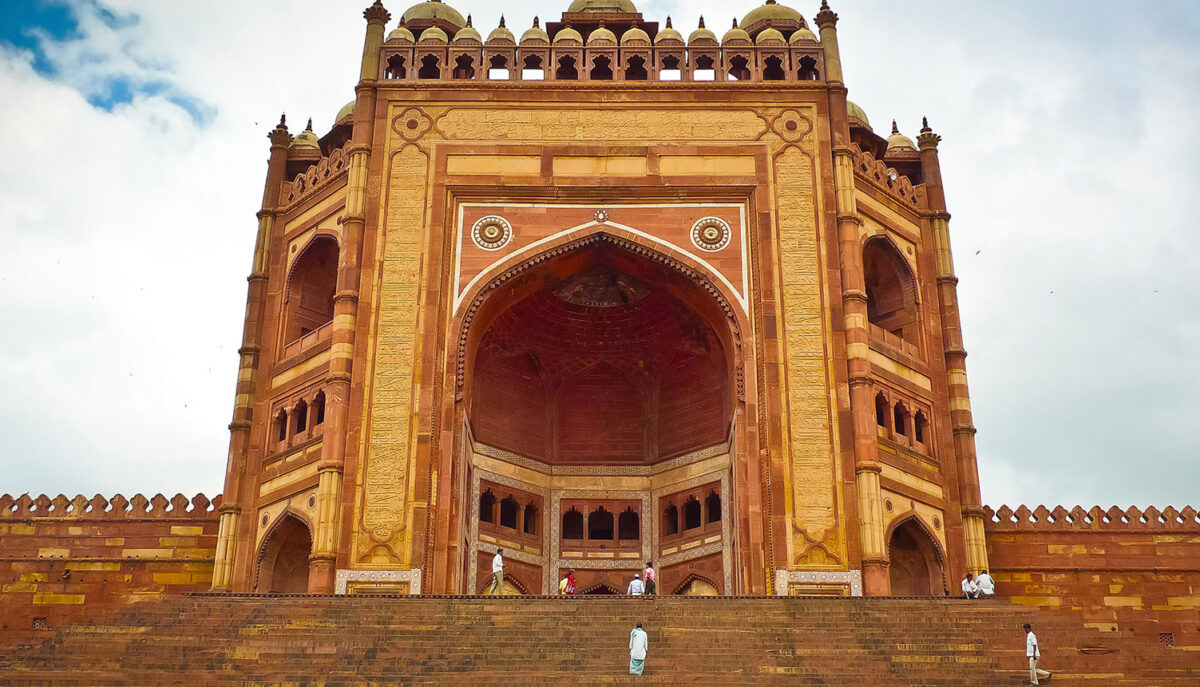
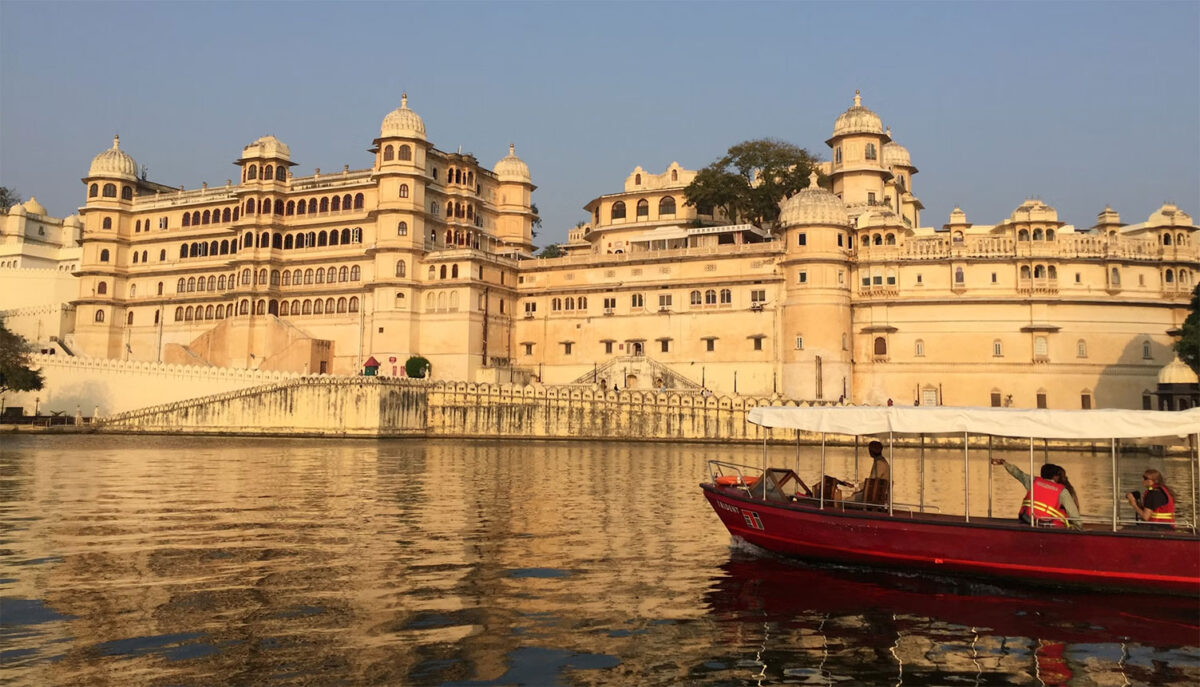

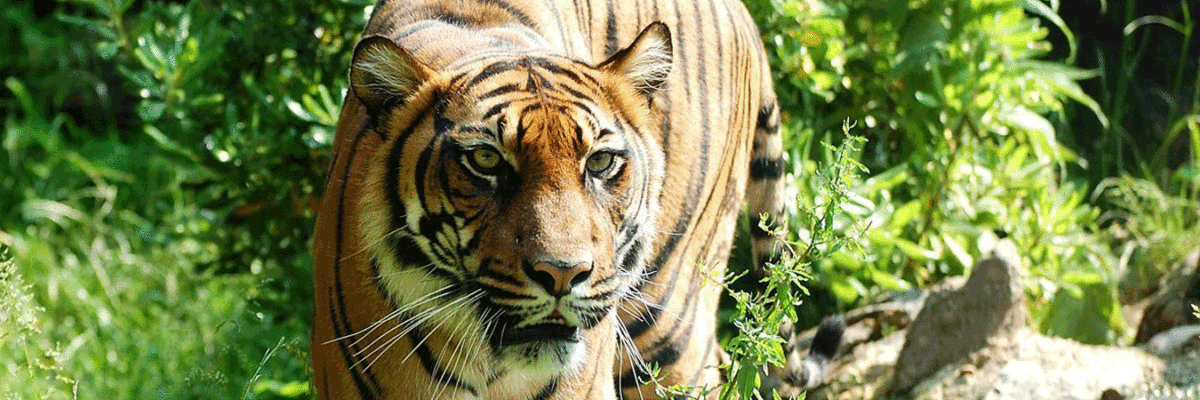
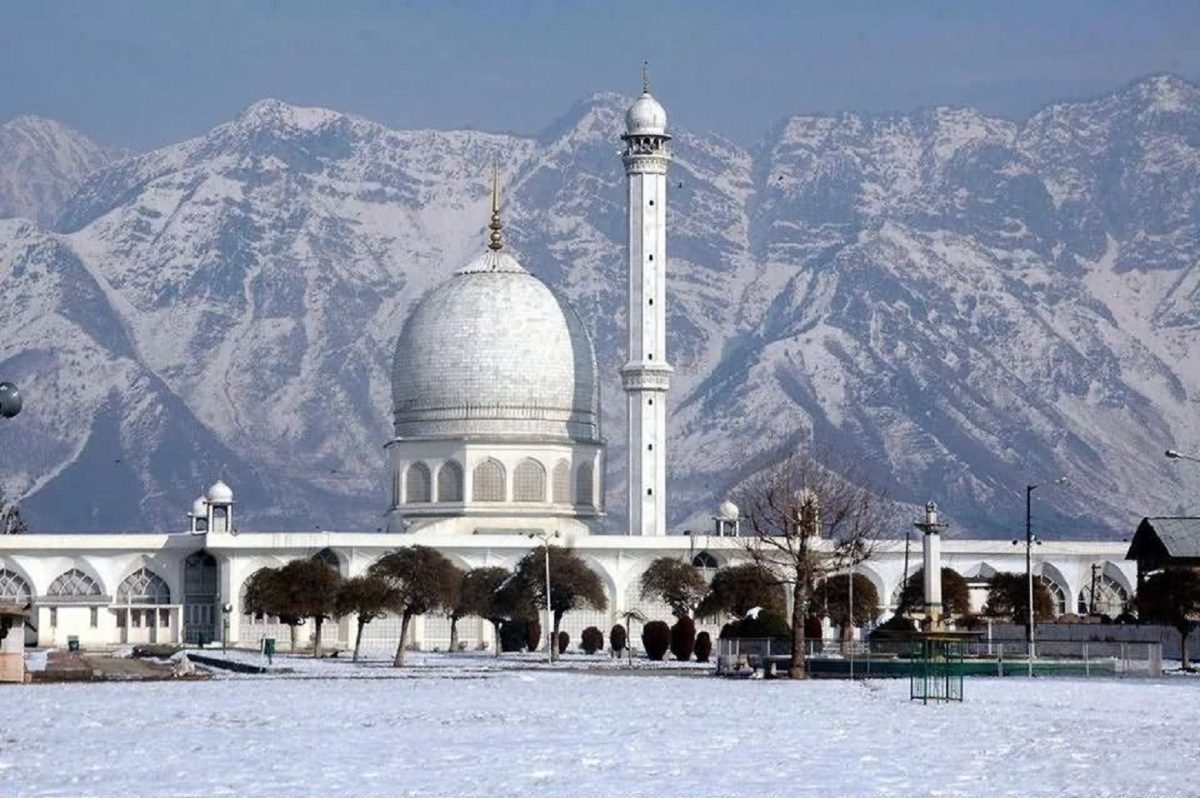
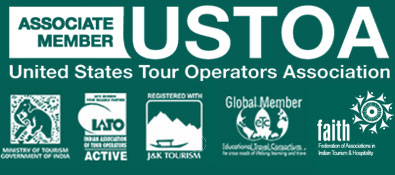

 +1-(765)-586-1210
+1-(765)-586-1210 +44-2030-2689-44
+44-2030-2689-44
